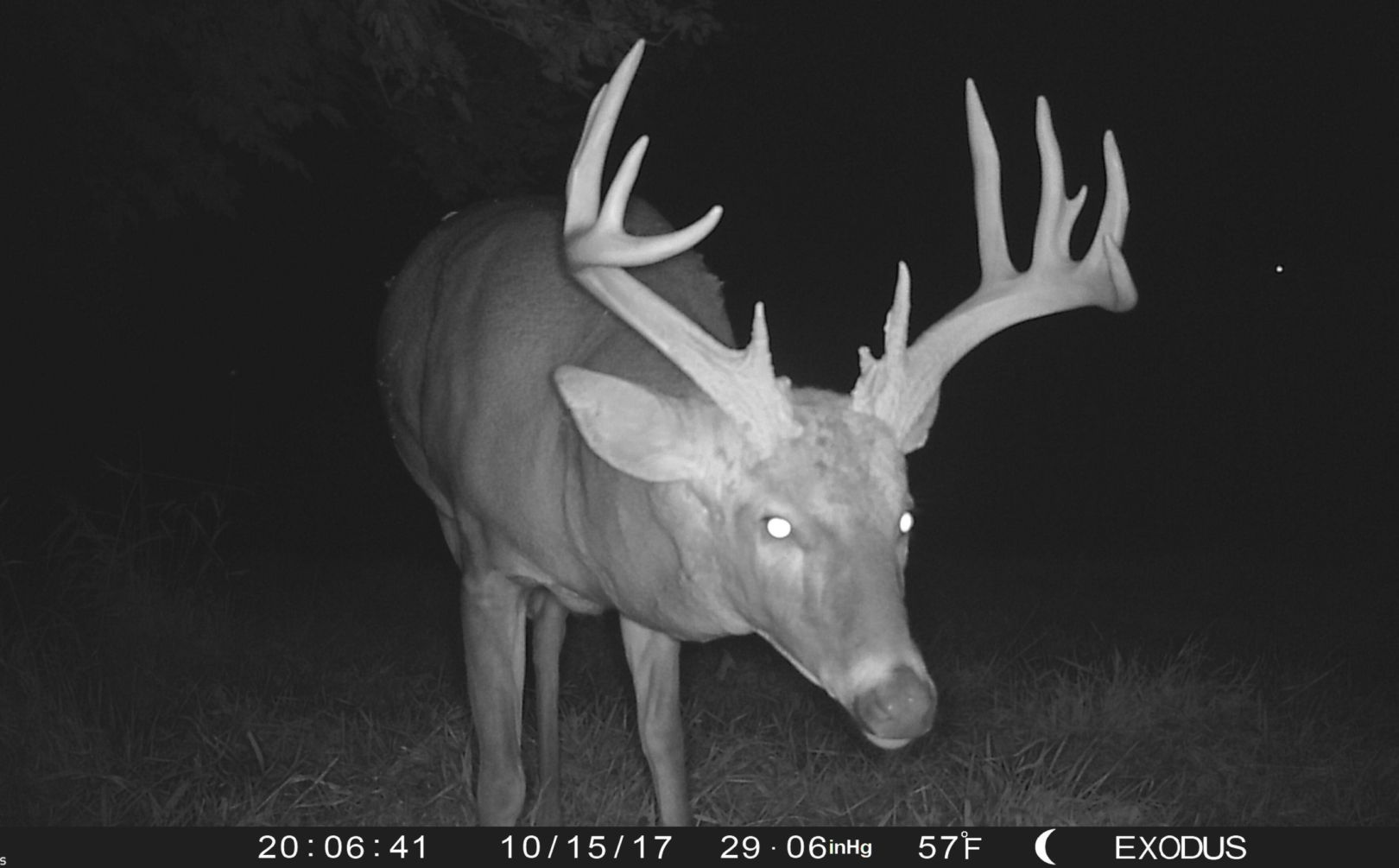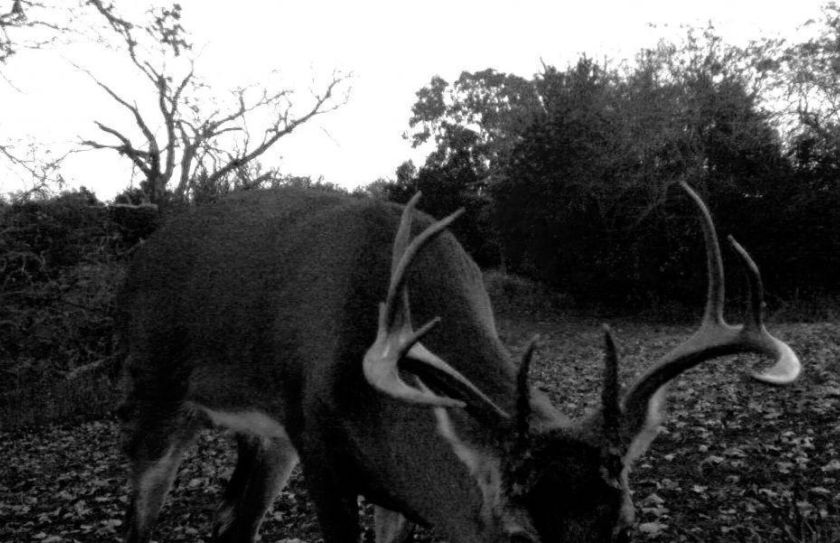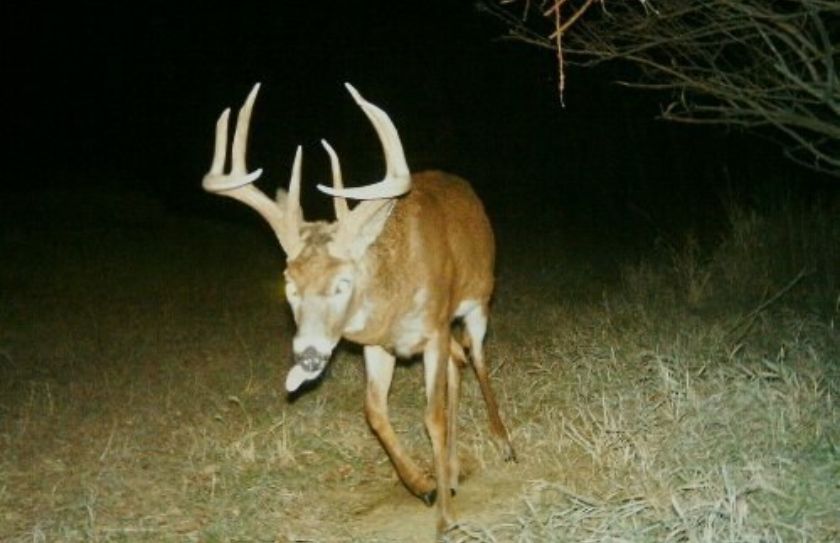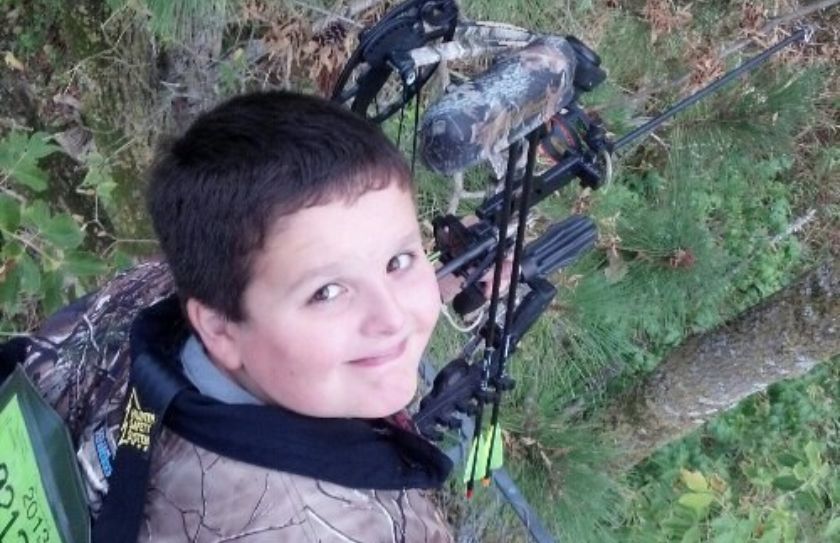
A seasoned old monster buck can shift in and out of your hunting pursuits on what seems like a weekly basis. "Here today - gone tomorrow" is a fitting quote, for the attempts of timing a mature buck. However, what is great about an experienced old beast is that although he has come and gone, he will usually come back again.
In particular when hunting parcels of 500 to 1000 acres and less, mature bucks can seem to disappear forever. However, there are several key times that you can count on a ghost of a mature buck to show back up, but you have to be ready!
Seasonal Mature Buck Timing - Here, Gone and Back Again
Successfully timing the reappearance of a monster buck during the hunting season, hinges on your ability to forecast, plan for and follow thru with a strategy that relies on making sure that you don't squash an opportunity, before it is presented. Here are 5 great times to kill an allusive buck:
1. Agressive Hunting Neighbors
If and old monarch was on your land during the Summer months but vanishes during the start of early bow season, keeping tabs on your neighbor's movements can sometimes lead to success more than hoping that particular buck will show back up on your trail cams. During the October Lull a buck that lives on distant lands can show right back up in your lap, when the neighbors push him out of his preferred Fall hangout. Often, Sundays, Mondays and Tuesdays can create the perfect time to head to a stand that takes advantage of neighbor-influenced movements, in particular when you are surrounded by several weekend hunters.
2. Peak Rut Ghost Buck Opportunities
What is the great thing about mature buck who has already shown himself on your land in the past few months? You can just about bet money that he will return during the Peak Rut. When the Pre Rut rolls around a mature buck will often stick to his favorite Fall hangout when the first does begin to enter estrus. However, when the Peak Rut begins to explode and competition for available does begins to rise, a mature buck will often wander to several locations that he can keep tabs on the local doe hangouts. That period of time is typically during the first week to 10 days of November in many Northern States, and can last well into the Post Rut period up until the 20th.
3. Timing Gun Season Opening Day Miracles
When you can decipher a direction that a mature buck is coming from, and a patch of cover at least 10-20 acres in size is located between you and where you think he lives; it is amazing how many opening day miracles that you can create! My favorite opening day of gun season tactic, is to find a stand location on the opposite side of cover from where I expect a mature buck to come from. While many hunters hope to catch a monster as he enters the land by choosing a stand location along the border of their land, I prefer to find a major patch of cover between myself and the neighboring land, and then count on the neighbor's movements to eventually drift a mature buck my way.
4. The Secondary Whitetail Rut
The Primary Rut seems to have it all, including: The Pre Rut, Peak Rut and Post Rut. But, the Primary Rut is missing 1 very important time of the hunting season - The Secondary Rut. The Secondary Rut is a great time of the year to catch a cruising monster that doesn't seem to know when to give up. The scarcity of does in Northern States that actually enter Estrus for the 2nd time can lead to a randomly scattered small number of does, spread far and wide. With the level of competition high, mature bucks have a chance to travel a long ways in search of that one last receptive doe. In SW WI where I live, early December is not only an outstanding time to capture trail cam pics of wandering monsters, but it is a great time to harvest a mature buck that typically lives several lands away.
5. Time For Late Season Whitetail Food Sources
Whether you can hunt a late season bean field, food plot or young timber cutting, quality food sources can literally be buck magnets. While a standing bean field in October can be barely be on the local deer herd's radar, that can completely change during frigid temperatures in December. The bottom line, when you combine late season cold temperatures with high quality food sources and adequate daytime cover options, you can experience some of the best hunting of the season for a distant monster buck.
Conclusion
Learning when an old monster buck might show back up is a great way to make sure that you don't miss an opportunity. At the same time, if you effectively time a particular buck you are after, it will keep you from burning out your stands, land, family and career out, by making keeping you from chasing a ghost, that really doesn't have a realistic chance of showing up yet. Even a ghost has already revealed to you that he will be back. Trail cams, in the field observations and monster buck sign can all let you know that he has not only been there in the first place, but that he will be back. Can you realistically hunt a particular buck every single day or week of the season? Most of the time, "no". In fact overhunting a ghost can burn out a lot more than just stand locations and opportunity. Instead, by focusing on the key times of the season to head to your favorite stand for a particular buck that seems to have disappeared, it is amazing how many times he can predictably fall right back into your lap.


